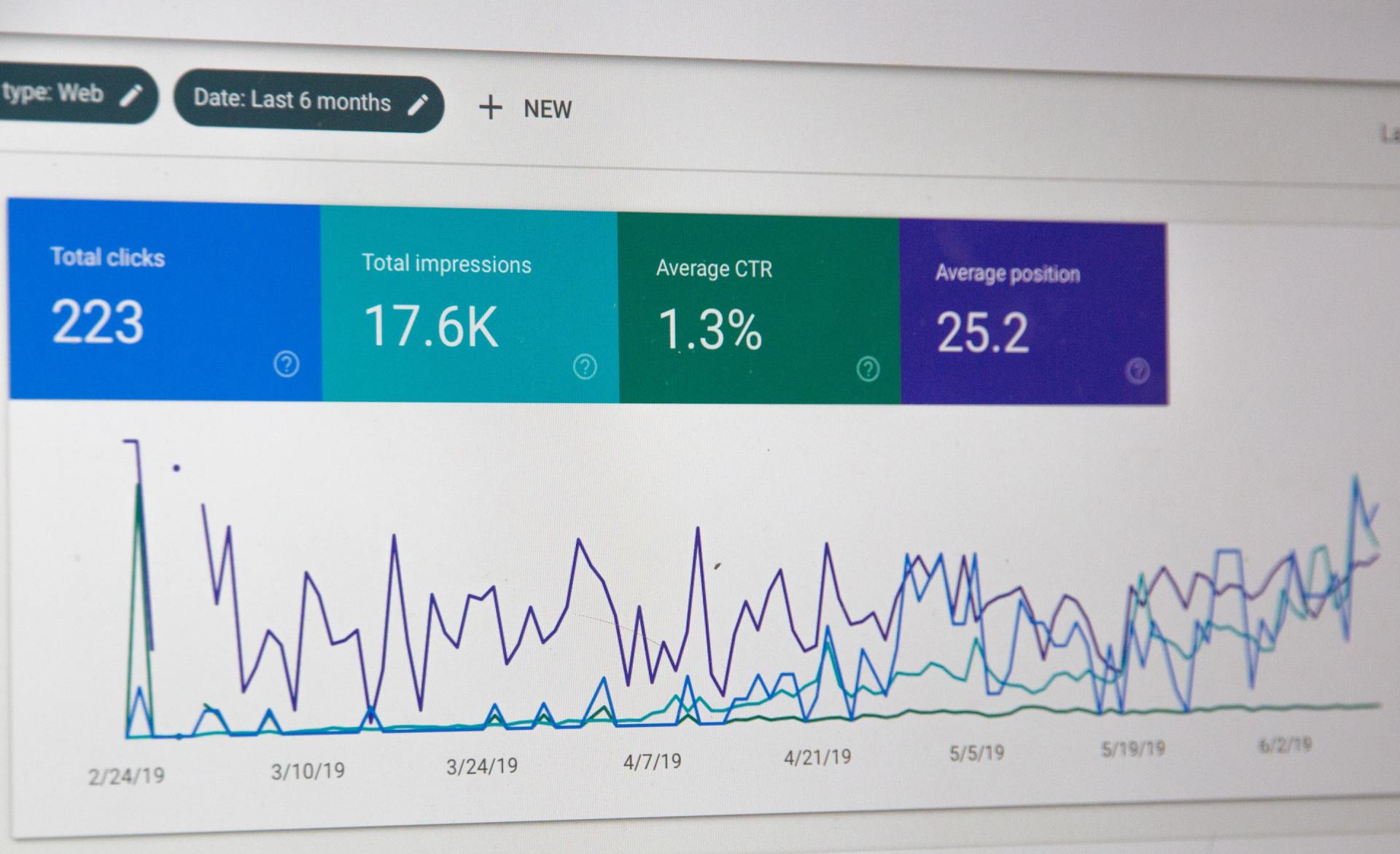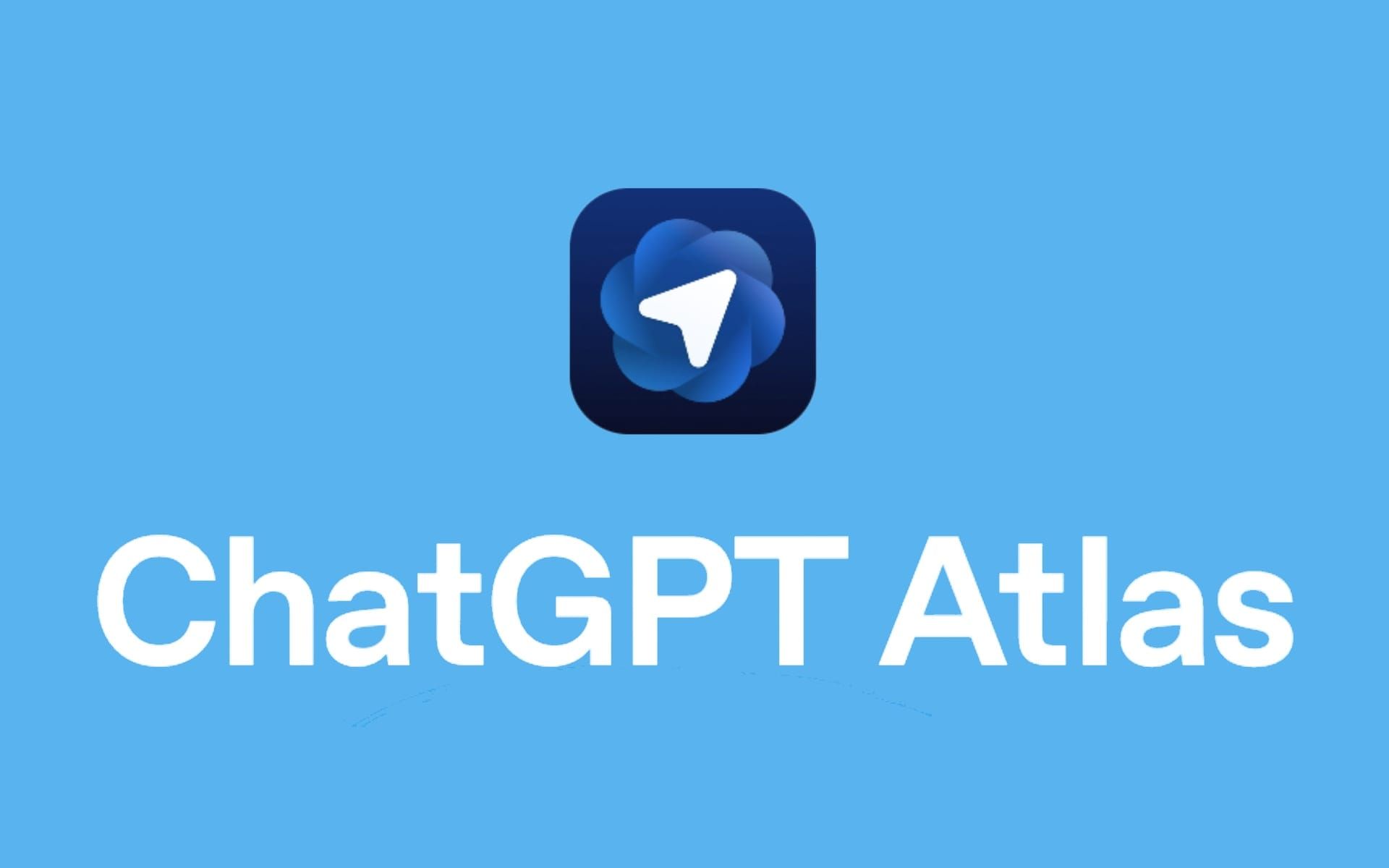Building a Customer Referral Program
It's no secret that excellent customer service is the key to customer success. One satisfied customer can do a lot of heavy lifting in terms of positively marketing your business.

In fact, research shows that
word-of-mouth marketing is the primary factor behind 20% to 30% of all purchasing decisions, and at least 92% of consumers believe suggestions from friends and family are more powerful than advertising.
But how can you get your customers to do most of the legwork for you? The best starting point for any business is usually a customer referral program. But, it has to be done right.
So let’s dive into what you need to know about building, expanding, and managing a successful program.

What Is a Customer Referral Program?
We're sure you've heard this phrase thrown around a lot, but what exactly is a referral program? Simply put, a referral program is a marketing tactic that is based on word-of-mouth from customers that have already engaged with your brand.
It typically involves providing a channel for your customers to share their experience with people within their circle of influence instead of writing bland and impersonal reviews online or feedback surveys.
What you’re hoping for with a customer referral program is to leverage the emotional connection and trust between your customer and their partners, colleagues, and friends to attract new leads for your business. By asking customers to think about who within their social circle would benefit from your product or service, you’re most likely to find more customers who are a good fit for your brand.
In other words, your value proposition is so strong that it's easier for your marketing and sales team to nurture and engage customers because these leads have already been pre-screened as a good match for your business. They are also familiar with your company and its reputation, which in turn produces a positive customer experience.
OK. But What Value Can You Can From a Referral Program?
We know you're a business, and before you invest in something, you want to understand the actual value it will bring, so let's talk numbers. The actual value of a customer referral is that it's highly valuable but doesn't cost you much—if anything, to acquire. While the exact value differs according to industry and business size, it's commonly the
lifetime value (LTV) of a customer, plus the
costs of customer acquisition (CAC) that you can use to get more customers.
Here are some numbers that might pique your interest:
- The research found that referred customers are 18% more loyal
- Referred customers have a 16% higher lifetime value rate
- Referred customers spend 13% more than non-referred customers
- 86% of companies with solid referral strategies have seen revenue growth over two years
And, the good news doesn't stop there —the market is growing. During the first wave of the pandemic, referrals grew by 425% as most companies scrambled to expand their customer base while sales, marketing, and purchasing migrated to digital platforms. Moreover, the
referral marketing software market is projected to reach $713.3 million in 2027.
However, a word of caution is required. You see, a referral program is effectively replacing your marketing and sales department with your customers. And when you're relying on referrals to generate new business, being consistent, agile, and patient is extremely important. So, now that we've got the numbers out of the way let's look at some tips on how you can create a customer referral program.

Building Your Customer Referral Program
1. Create Customer Referral Templates
Templates are an excellent place to start because they help you streamline the entire process by tailoring them to the voice and tone of your brand. Even if you're running a small company, things can get very complicated quickly, so you need a template to make the process as fast-and-straightforward as possible.
There are tons of free customer referral templates online that can be used to create:
- Referral request emails
- Referral follow-up emails
- Social copy about the business's referral program
- And more

2. Create Your Goals
Once you’ve got your templates in order, you now need to figure out what you want to achieve out of your referral program.
Are you aiming to drive business and revenue growth? Is retention also a concern of yours? Does your industry require an exceptional amount of trust-building?
Once you've zoned in on your goals and have defined them, you will have a better indication of the direction you're supposed to take.
3. Know Which Customers Will be a ‘Good Fit’ In the Context of Your Business
You need to first identify what your ideal customer looks like; that way, you can factor it in when you're building your program. This approach will help you get leads that actually buy from your business instead of just listing names to collect the program's incentive.
We recommend creating customer descriptions that should be placed right at the forefront of your customer referral program.
For example, you could describe what a 'good fit' would be for you on the form that customers fill out. This will help participants remember that you're looking for a specific type of individual who might benefit from your product or service and not just someone they know.
4. Get a List of Possible Referral Sources
These sources can be anyone who has come into contact with your brand currently or in the past. Start listing them out and should include current and past customers, leads that many have not converted yet, industry leaders, vendors, and so on. This will give you a better foundation for your program.
5. Look at Current Referrals
Researching how referrals are coming to your business is an excellent place to start. This gives you a clear picture of what you're working with. The process should involve your marketing, sales management, support, and anyone working on building customer relationships.
Take a look at your entire system, so you know exactly what an existing customer is worth. For example, if you compare the time spent monitoring and managing onboarding programs, how many referrals would you need to break even?
As we've mentioned before, on average, the LTV of a customer is 16% more than that of non-referred customers, so it's worth crunching the numbers to see just how much referrals could generate and adjust your marketing spend accordingly.
6. Identify channels that can host your referral program
Communication is key to the success of your referral program work. You’ll need a platform that communicates with both your business and the referred customer when a referral is submitted.
An excellent example of this is how Uber partnered with Facebook to enable customers to share a Facebook message with the person they want to refer to. Check it out below.
When the ride credit is sent, the referred customer gets a message. Simultaneously, Uber can see who the original customer is and when they submitted the referral. Such data is valuable and can easily be used by Uber's marketing and sales team to try and convert the referred customer as soon as they sign up using the ride credit.
You don’t have to offer massive discounts like Uber, but you should provide your customers with a channel to share their referrals.
Lastly, once you have figured out your referral program, you now need to think about the channels you will use to alert your customers. Consider multiple avenues of promotion beyond the usual time-limited email campaign.
So, for example, you can use:
- Blogs
- Product Updates
- Call to Action (CTA)
- Email Signatures
- Newsletters
7. Start Reaching
Now it's time to refine your strategy. Start by narrowing down your customers and sources. These are the people who love your brand, know your business's value, and would most likely refer your company to their inner circle without any incentive.
Keep in mind that at this time, narrowing down this list and segmenting these contacts is better done manually. Once this process is done, there are two more things that you have to consider.
First, timing is essential. You need to identify the right time to ask your customers to participate in your referral program. Since you've already had some form of contact with these customers, building trust will not be much of an issue.
When you reach out to people who need an incentive, you'll need to consider the maturity of the relationship first. For example, it's better to approach a customer later in the relationship in some industries. For others, it can happen during the first sale. Also, watch out for referral fatigue; try not to overburden your chosen contacts with a referral request too often. Remember, patience is key!
One last thing you need to think about is how you will incentivize your ideal customer. Typically, there are two options; you could go with an incentivized or a non-incentivized program.
Start by breaking down your contacts into levels and decide which one can receive which offer. And, don’t forget to include the referrer as well. Make sure that they get a reward out of the deal as well.
8. Start Tracking
In the current digital environment, you need real-time data to make quick decisions. Tracking is essential in a referral program. Regardless of the size of your business, you need to have some sort of tracking system in place. Investing in
customer relationship management software (CRM) is your best shot at this.
This will help you get accurate data and ensure that you don't miss relevant micro details, mainly referred accounts. Your system should enable you to track:
- Who was referred and who referred them
- When they were referred
- Whether the lead was converted or sold
- The next steps in the nurturing and follow-up process and so on
The ability to personalize each account and relationship is critical.
9. Follow Up
You need to follow up on your referrals quickly to enable you to convert them into a solid lead. Don't allow your referrals to sit around for too long; remember there are so many other options available today, and if your customer referred your brand, chances are they've also referred your competitors.
Lastly, don't forget to thank your referrer for helping you out. This may be where you want to break out the incentives, but also consider sending a personalized thank you message. Remember to thank the referred customer for joining too.

Customer Referral Program Ideas
Now let's explore some of the ways you can put your referral program into action.
1. Customer Loyalty Tiers
Most referral programs are geared towards one-time referrals. While they are undoubtedly effective, hosting frequent contests or fundraisers can quickly get complicated and tiresome, especially if the company is big and relies on thousands of customers for referrals.
We recommend finding an idea that motivates customers to refer many people over a long period of time. You can then create customer loyalty tiers that reward people who continue to lead customers to your brand.
Each tier should have unique benefits. When customers refer to a specific number of leads, they are promoted to the next level. This setup will likely keep customers motivated to refer new leads even when you're not hosting a contest or promotion.
2. Referral Discounts
Referral discounts are also great for catering to a customer base that wants more direct returns based on how many leads they bring to your business.
Remember that securing new customers is more expensive than retaining the ones you have. So, the money you spend on the discount will eventually be recovered once the lead converts to a paying customer.
3. Contests or Giveaways
Contests or giveaways are usually a big hit, and most customers would definitely incentivize customers to refer new leads. So, for example, you can host a contest where the only participants allowed are customers who have already referred a certain number of people to you.
However, one risk of hosting contests is that the quality of leads is often relatively poor. Instead of you getting a great pool of people genuinely interested in what you're offering, most customers tend to select anyone within their circle just so they can participate in the giveaway.
This means your marketing and sales teams now need to spend more time sorting through the list of referrals and weeding out the contacts that aren’t a good fit for your company.
So, you need to ensure that you create contests that encourage customers to refer high-quality leads. This can be done by basing your entry fees on conversions rather than referrals. So, for example, if a customer wants to participate in the contest, they have to convince people to sign up for your using your product or service instead of providing an email. This is a sure way to get high-quality leads for your business.
4. Seasonal Campaigns
Capitalizing on seasonal campaigns is always a great idea, and it's a great way to draw in new customers. Take advantage of holiday discounts, long-term deals, and annual sales so that your loyal customers have something to look forward to throughout the year.
5. Exclusive Events
Creating a community feeling is very important. Customers like the idea of feeling as if they're part of something, especially if it's exclusive. Hosting special events reserved for members in your customer loyalty program is a great way to attract new leads.
So, for example, you can provide extra tickets to an exclusive event so that customers can invite their friends or people in their inner circle.
6. Social Gifting
No one wants to be or feel manipulated. So, you need to be very careful with the wording and tone of your message, especially when implementing a social gift of some sort. Customers will become wary if you come across as trying to get something from them, so afford using phrases like "refer (x amount of people) and get a 10% discount".
Instead, you can use social gifting in a way that encourages referrals by offering rewards that allow your customer to share a coupon with their friends or family. This approach gives the customer a way to gift someone while being rewarded each time their referral redeems the coupon.
7. Fundraisers
A fundraiser is always a great way to build your customer base while connecting and appealing to your customer's values in a way that doesn't involve your product or service. Immersing your brand in a cause near your customer's heart demonstrates that you've taken time to understand your customer and that you're interested in more than just their buying habits.
Brands that can harness the power of emotion have a greater chance of building a long-term referral program that produces tangible results. Additionally, fundraisers present an excellent referral opportunity. Most customers find it easy to rope in their peers and get people to participate.
You are guaranteed to get some good-quality leads from hosting fundraisers. It makes the follow-up process a lot easier for your marketing team.
8. Product or Service Upgrades
In the current digital environment, brands need to keep reinventing themselves, and product or service upgrades are a great way of doing this.
Upgrades are an excellent incentive for your customer referral program because they encourage existing customers to continue using your products while appealing to a different set of new customers simultaneously.
However, for some businesses, upgrades might be challenging to manage either because the product or service is still new or because of the nature of the business. Instead, you can introduce your target customers to exclusive or beta features that the rest of your customer base won't have access to.
Remember, exclusivity can be a great driver for loyalty and enhances your customer’s experience with your brand.
9. Mystery Gifts
A little mystery is always good for business, and customers love it when they can win something that will come as a total surprise. The aim of a mystery gift referral is to leverage this emotion.
You don't have to go all out but ensure that your customer will appreciate it.
10. Charity Connections
Getting involved in a charity will always do wonders for any business. But if you link a charity event with your referral program, you're bound to get fireworks.
So, here’s how this works. Instead of rewarding customers using discounts or exclusive events, you can choose a local charity organization to make a donation to every time your customer provides a new lead.
Essentially, you're killing two birds with one stone because you get to build your brand reputation as a trustworthy and ethical brand while growing your customer base. Today's customer is very particular about how brands approach social justice and environmental issues, so be sure to implement these ideas in your customer referral program.
If you're still unsure how to use these ideas, we've put together a list of a few companies that have managed to execute these referral ideas.
Customer Referral Program Examples
1. Do it for a cause
Vena is a business management company that has an excellent charitable referral program. When a client refers a lead that converts to a successful sale, the company donates $2,000 to a charity of the client's choice.
2. Social gifting in practice
Rewarding both sides, the customer, and the referee, should get things going. ClassPass is a subscription fitness company that offers a double-sided Refer-a-Friend program. When an existing customer shares their unique referral program link with someone and uses it to sign up, both parties get $20 off their next month.
3. Tiered Referrals
Harry's tiered referral structure is a great example as well. In this program, customers earn accumulating rewards with each referral. The tier starts at 5 referrals and progresses up to 50. At 50, Harry then awards the customer with a year of free blades, in addition to a shave set, Truman blade and handle, and a container of shave cream.
Conclusion
To summarize, a customer referral program is a great way to grow your customer base while retaining existing customers.










